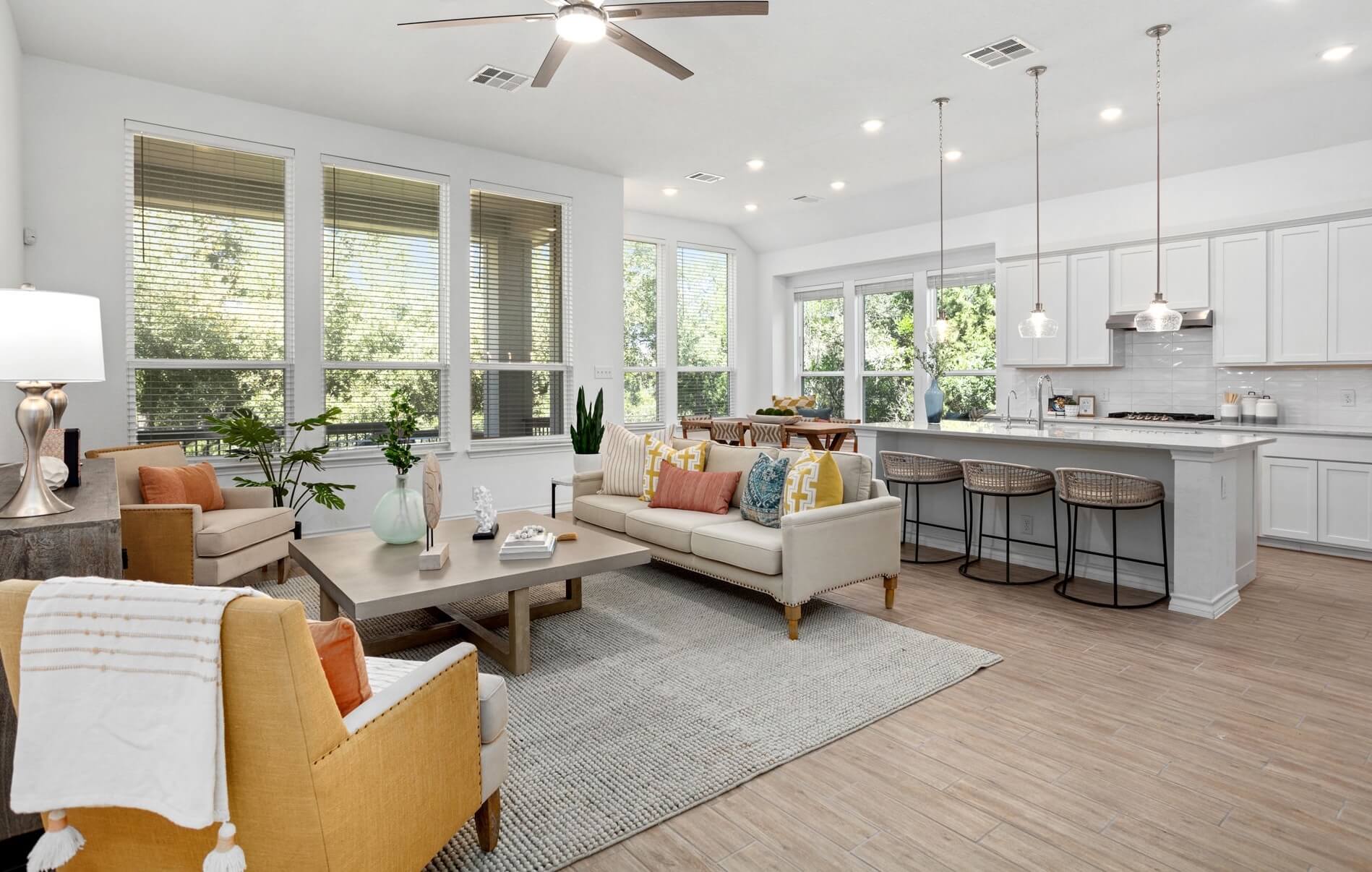How Tariffs Could Impact U.S. Home Stagers (And What to Do About It)
Apr 09, 2025
As economic uncertainty ripples through nearly every industry, home stagers have been asking: What should I expect in the coming months? And how can I protect my business from long-term disruptions?
Whether you’re styling starter homes or luxury listings, international trade policies—especially tariffs—can impact your bottom line. Let’s break it all down, and talk strategy.
First, What Are Tariffs?
Tariffs are taxes placed on imported goods. When the U.S. government imposes tariffs on items from other countries—like furniture from Asia or building materials from Canada and Mexico—it raises the cost of those products.
So how exactly could this affect your staging business? And what can you do to stay ahead of it?
Higher Inventory Costs
Most of the furniture and accessories that U.S. stagers rely on come from overseas. If those pieces are impacted by tariffs, expect your costs to rise.
What Home Stagers Can Do to Offset Higher Furniture Costs:
🪑 Buy Wholesale for Your Inventory
If you’re still sourcing staging furniture from retail stores (think Target, IKEA, Living Spaces, Pottery Barn), you could see huge savings by switching to wholesale. While most wholesale furniture is still manufactured overseas and subject to any applicable tariffs, the base cost of wholesale items are much more affordable than items sold at full retail price.
📦 Join the Staging Studio Buying Group
When buying wholesale, there are different pricing tiers that you can be in. Members of our coaching program for home stagers get access to the lowest negotiated pricing with some of our favorite vendors.
💵 Raise Your Staging Prices
Unfortunately, many industries will pass some of these price increases on to customers, and home staging may be no different. You could add a separate line item fee for tariffs on your proposals or you could just inch your prices up. While no one likes higher prices, we are already seeing it happen. Volkswagen announced last week that they were adding an “import fee.”
We haven’t had to raise prices in our San Antonio staging business yet, but haven’t ruled it out for the future.

New Home Construction Might Slow Down
Many larger staging companies—including ours—stage model and spec homes for both custom and production builders. But tariffs are hitting this sector hard.
According to the National Association of Home Builders, two essential construction materials—softwood lumber from Canada and gypsum from Mexico—have seen steep price increases due to tariffs. The cost of building materials had already risen 34% since December 2020, and builders now estimate an additional $9,200 per home in costs directly from recent tariff actions.
That affects their bottom line and can reduce what they’re willing (or able) to spend on staging.
How Stagers Can Pivot from Relying Too Heavily on Builder Business:
🏠 Re-Focus on Existing Homes
In 2020, we all learned the power of the word pivot. That year, we lost most of our builder business and intentionally rebalanced. Since then, we’ve been careful not to put all our eggs in the builder basket. Instead, we’ve leaned into marketing to real estate agents who represent homeowners of existing homes—and it’s brought in consistent, profitable work.
🛋️ Create Occupied Staging Packages
Occupied staging (also known as re-design) is such a valuable offering! It doesn’t cost anything in inventory since you are using the homeowner’s existing furnishings, so tariffs shouldn’t impact these jobs nearly as much. This service is also a great entry point for newer stagers or those looking to maintain flexibility in slower real estate seasons.
📣 Nurture Direct-to-Homeowner Leads
Many home sellers are looking for guidance before they even contact a real estate agent. Position yourself as the expert in preparing homes for sale. Offer consults, mini makeovers, and pre-listing prep services. These lower-lift services can be a gateway to larger staging projects and create loyal, repeat clients.
🤝 Strengthen Agent Partnerships
Now’s the time to deepen relationships with individual agents. Show up at networking events, offer workshops or CE classes, and engage with them on social media. When agents see you as a strategic partner, not just a vendor, they bring you in early and often.
🔨 Explore New Construction Alternatives
Not all builder work comes from large developers. Custom builders, flippers, and small-scale investors will still be building or renovating—and they need staging too. These smaller players may be more agile and open to staging than large production builders with locked-in budgets.

Other Ways Home Stagers Can Thrive in a Changing Market
This isn’t about panic. It’s about being agile and strategic. Tariffs or not, these ideas will help your business stay resilient in any economy.
💳 Offer Pay-at-Close Financing
Letting clients defer payment until the home sells can be a total game-changer, especially in a cost-conscious market. Pay-at-close options remove financial barriers for your clients and help keep your project pipeline full.
(And when you use a program like Staging Studio Advantage, you still get paid upfront, without the risk.)
We’ll be here cheering you on every step of the way. 💛
Want help pricing your services, refining your systems, or marketing like a pro? Join Staging Studio's coaching program for home stagers and get the tools (and cheer squad) to help you thrive. We meet with our coaching group twice a month to discuss the latest industry news, tackle our unique challenges, and celebrate our successes together.
Don't miss our next blog like this!
Join to receive the latest news for home stagers.



